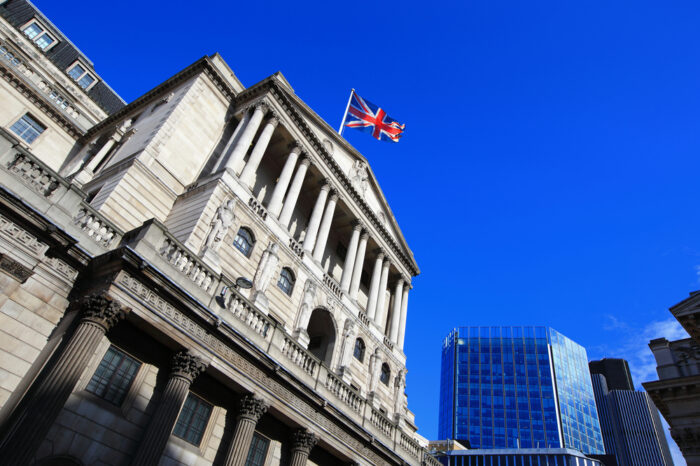Economists polled by Refinitiv expect the Office for National Statistics (ONS) to say that annual inflation fell slightly to 6.5% in September when it releases its next inflation report on Wednesday (18 October).
The Consumer Prices Index rose by 6.7% in August, so a September figure of 6.5% would be an improvement. However, the figure is still well above the Bank of England’s 2% target.
Inflation might have fallen more last month until oil prices jumped, with the cost of a barrel of Brent crude up $10 over the month to a peak of $97 at the end of September – it has now fallen back to $90.
Inflation below 5% by year end
Meanwhile, the EY ITEM Club predicts that inflation will fall to around 4.5% by the end of 2023, before falling further to the Bank of England’s 2% target in the second half of 2024.
The economic forecasting group said that oil prices, frozen income tax thresholds, inflation, and a deteriorating labour market will put pressure on consumer spending.
The group’s autumn forecast said the UK should still avoid a recession, although GDP growth is set to remain sluggish for the remainder of 2023 and into 2024 amid headwinds from high interest rates and a weaker-than-anticipated labour market.
Following a better-than-expected start to the year, GDP growth expectations for 2023 have been upgraded slightly from 0.4% in July’s Summer Forecast to 0.6%. Meanwhile, the EY ITEM Club’s 2024 GDP growth forecast has been nudged down from 0.8% to 0.7% thanks to the lagged effects of the recent interest rate rising cycle.
In July, the EY ITEM Club expected inflation to end 2023 at just under 5%. It said the Bank of England bank rate is not expected to increase beyond its current level of 5.25%, and that the MPC may start to cut bank rate from May 2024.
Hywel Ball, EY UK chair, says: “The cost of debt is set to be the biggest headwind for the UK economy over the next 12 months, with consequences for both businesses and consumers. But while high interest rates will weigh heavily on growth, there are still signs of resilience from which we can take positives. Inflation is heading in the right direction, average wages are rising in real terms once more, and household and corporate balance sheets remain unusually healthy.
“While the UK may have lagged some of its global peers in its economic recovery from the pandemic – despite upwards revisions to GDP data – this suggests there is room for catch-up growth. Most encouragingly, the recent strength of business investment, which had been disappointingly subdued for some time, perhaps signals that the economy’s growth potential may be reviving. There’s no getting away from the fact that growth will be limited in the short term, but there are reasons for optimism for next year and beyond.”
